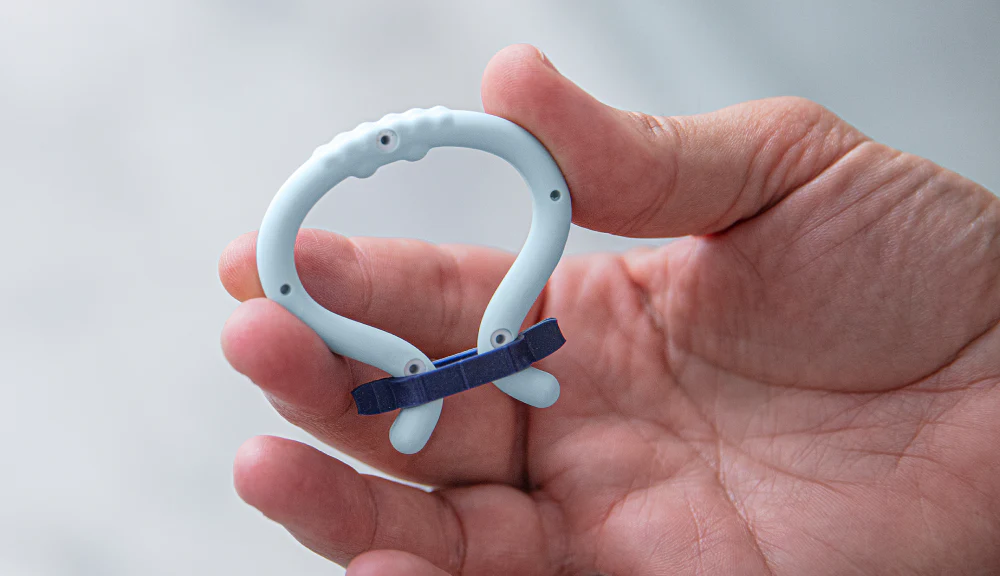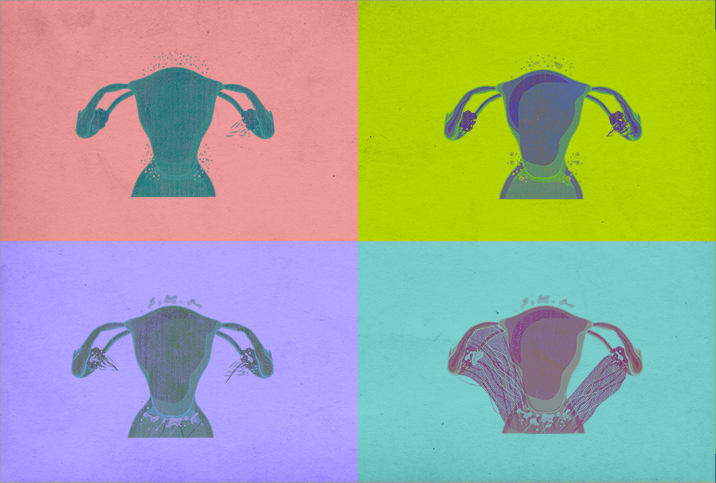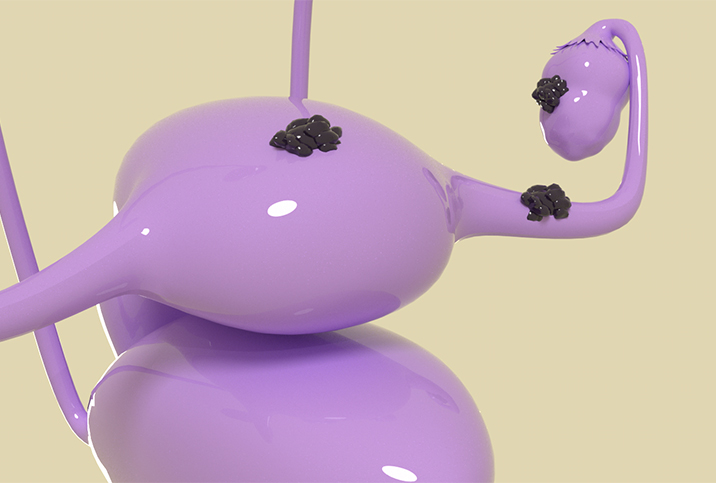Can Endometriosis Return After a Hysterectomy?

Danielle Payton's periods had always been heavy and painful—really heavy and really painful.
"I would always say I feel like the hunchback of Notre Dame because I could never stand up straight," said Payton, a partner at a public relations firm in Miami. "The pain was intolerable for as long as I can remember, however, I was told all girls go through this and it was normal."
But what Payton was experiencing wasn't normal.
Searching for a cause
After two decades of being ignored or misdiagnosed by doctors, first with Crohn's disease, then irritable bowel syndrome, she finally received a diagnosis of stage IV endometriosis, the most severe type. Endometriosis occurs when tissue similar to the lining of the uterus (endometrium) grows outside the uterus in places such as the ovaries and fallopian tubes.
Payton's first surgery revealed endo lesions on her colon, rectum, small intestine and up to her fourth rib.
The endometrial-like tissue was so widespread, she decided to get a hysterectomy, the removal of the uterus. But that didn't stop the endo from developing elsewhere.
"When I had the hysterectomy, more endo lesions appeared, and this time in new places," Payton said. "The doctor not only removed my uterus but also performed another endometriosis surgery. This time, it was all over my pelvis, around my pancreas and other organs."
A hysterectomy isn't a guarantee
Payton isn't alone. The World Health Organization estimates 10 percent of women and girls of reproductive age worldwide have endometriosis, a chronic condition.
The rogue tissue behaves just like the endometrium inside the uterus during the menstrual cycle: thickening, breaking down and then bleeding.
Most endo lesions grow in the pelvic region around the uterus or on the fallopian tubes or ovaries. While a hysterectomy can be an effective fix for many patients, it's not guaranteed. Endo lesions can potentially grow anywhere on the body.
"Very often, a hysterectomy relieves the symptoms of endometriosis for many people, but the condition can recur after the surgery and the symptoms can persist," said Caroline Harris, M.D., an obstetrician-gynecologist with the Ascension St. Vincent medical group in Evansville, Indiana. "Having the surgery doesn't always cure endometriosis."
That was the case for Payton, whose hysterectomy didn't provide the relief she expected
"I still have horrific symptoms like nausea and back pain, especially around ovulation, so now we are preparing to remove my ovaries," Payton said.
How do I know if my endo has returned?
Research indicates a hysterectomy with the removal of both ovaries and both fallopian tubes (a procedure known as a bilateral salpingo-oophorectomy) has a success rate of 50 percent to 80 percent in offering relief from endometriosis symptoms.
But endometriosis returns in 5 percent to 15 percent of those patients.
Risk factors for recurrence include having endometriosis at the time of the hysterectomy and a history of pelvic pain, Harris said. Pain is a telltale symptom the endo has come back, including pain during the menstrual cycle, sex or a bowel movement, she added.
If the endometriosis comes back, research suggests it's likely due to persistence, not recurrence. Some deep or microscopic lesions likely weren't detected and removed during initial surgeries.
When a patient has a hysterectomy without the ovaries or fallopian tubes also being removed, endo lesions can likely recur, as in Payton's case. If they have the full hysterectomy and bilateral salpingo-oophorectomy, lesions most commonly return on the large and small intestines.
People should contact their doctor if they experience any of these symptoms.
What are treatment options for endo after a hysterectomy?
"Treatment options can include hormonal medications, which suppress normal function of the ovaries, short-term induced menopause and, in some cases, reoperation," Harris said.
But just as every body is different, there is no one-size-fits-all approach to endo treatment. Endometriosis continues to be chronically underdiagnosed.
A 2022 article in the medical journal Reproductive Biomedicine & Society Online referred to endo as "the missed disease" because of inconsistencies in its diagnosis and treatment and lack of attention to funded research and public health policy.
"Patients should know that they should advocate for themselves and know that one treatment option isn't always right for everyone for the same condition," Harris said.
It's OK to get a second opinion. Weigh your options and figure out what feels right for you.
The bottom line
"As my symptoms keep evolving, I just have to listen to my body," Payton said. "I have good days and bad days. I have learned to truly take advantage of all the good days because I know what it is like to be on bed rest for at least six weeks at a time with my disease."
Celebrities including Bindi Irwin, Gabrielle Union, Halsey and Padma Lakshmi have recently opened up about their experiences with endometriosis, bringing much-needed awareness to the condition, Payton said. She's hopeful that increased awareness can translate into a cure.
"While this has helped put endo on many people's radar, we still have a long way to go," Payton said.
If you suspect you have symptoms of endometriosis, talk to your doctor. Do you need to find a new doctor? Browse hundreds of high-quality medical professionals at Giddy Telehealth. Many offer same-day appointments and video consultations. It couldn't be easier.


















